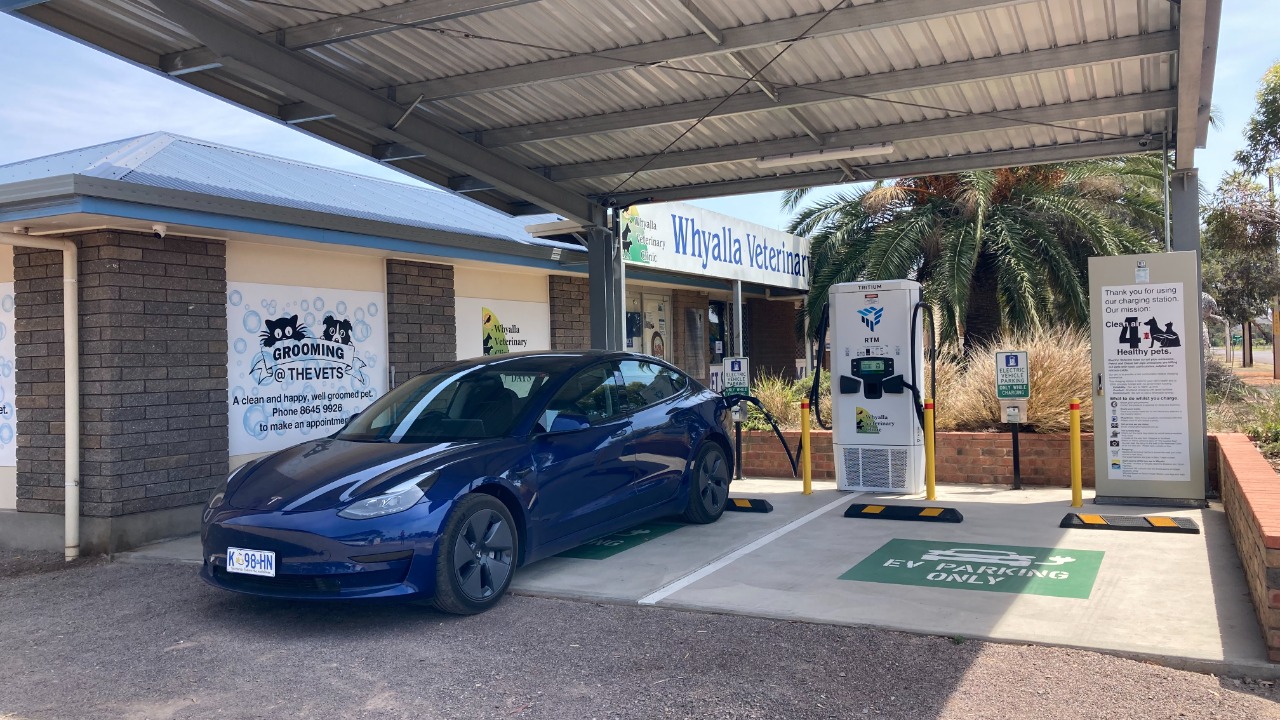
In the United States, electric vehicle (EV) drivers are witnessing a significant expansion in the availability of fast chargers, as installations reach unprecedented levels. This surge in infrastructure development continues unabated despite recent reductions in vehicle incentives, highlighting a robust commitment to supporting EV adoption. The pace of charger installations is setting new records, offering drivers more convenient and faster charging options across the country.
Surge in EV Charger Deployments
The growth in EV charger installations across the United States is remarkable, with a record number of new fast chargers being added to the network. This expansion is providing drivers with increased access to rapid charging options, which is crucial for the widespread adoption of electric vehicles. According to Bloomberg, the number of new chargers being installed is at an all-time high, reflecting a concerted effort to enhance the EV infrastructure.
Specific metrics highlight the scale of this growth. For instance, the number of fast chargers has increased significantly, with notable contributions from various regions that are leading the charge in expanding access. This record pace of additions is not only beneficial for current EV owners but also encourages potential buyers by alleviating concerns about charging availability. Projects such as those led by major networks and private companies are driving this surge, underscoring a broader trend of rapid deployment and infrastructure enhancement.
Cuts to Vehicle Incentives and Their Context
Despite the impressive growth in charger installations, there have been notable reductions in federal and state vehicle incentives for EVs. These cuts are part of policy changes that have been implemented over recent months, affecting programs that previously provided financial support to EV buyers. According to Yahoo News, these reductions were intended to impact EV adoption by altering the financial landscape for potential buyers.
The specific reductions in incentives include cuts to funding amounts and changes to eligibility criteria, which have been rolled out in various states. These policy shifts were designed to balance the market dynamics and encourage a more sustainable growth model for the EV sector. However, the continued expansion of the charging infrastructure suggests that the market is resilient and capable of adapting to these changes, maintaining momentum in the face of reduced financial incentives.
Resilience of Charger Infrastructure Growth
The sustained pace of charger installations, despite the cuts to vehicle incentives, can be attributed to several factors. Private sector investments have played a significant role in maintaining the momentum, with companies recognizing the long-term potential of the EV market. Additionally, alternative funding sources, such as public-private partnerships, have emerged to support infrastructure development, ensuring that the pace of installations remains robust.
Ongoing projects and commitments from major stakeholders demonstrate the continued expansion of the charging network. For example, large-scale installation projects by leading companies are evidence of the industry’s commitment to overcoming policy shifts and maintaining growth. This resilience is further reflected in the broader EV market developments, where the demand for charging infrastructure continues to rise, driven by increasing EV sales and consumer interest.
Implications for EV Adoption
The record number of new fast chargers is a significant boon for EV drivers in the United States, addressing key concerns such as range anxiety and daily usability. With more charging options available, drivers can travel longer distances with confidence, knowing that they have access to reliable and fast charging facilities. This development is crucial for the broader adoption of electric vehicles, as it enhances the overall user experience and makes EVs a more viable option for a wider audience.
Future projections for charger networks are optimistic, with the current record pace expected to continue. As infrastructure continues to expand, it is likely that more milestones will be reached, further solidifying the foundation for widespread EV adoption. The ongoing commitment to enhancing the charging network is a testament to the industry’s dedication to supporting the transition to electric mobility, ensuring that the infrastructure keeps pace with the growing demand for EVs.